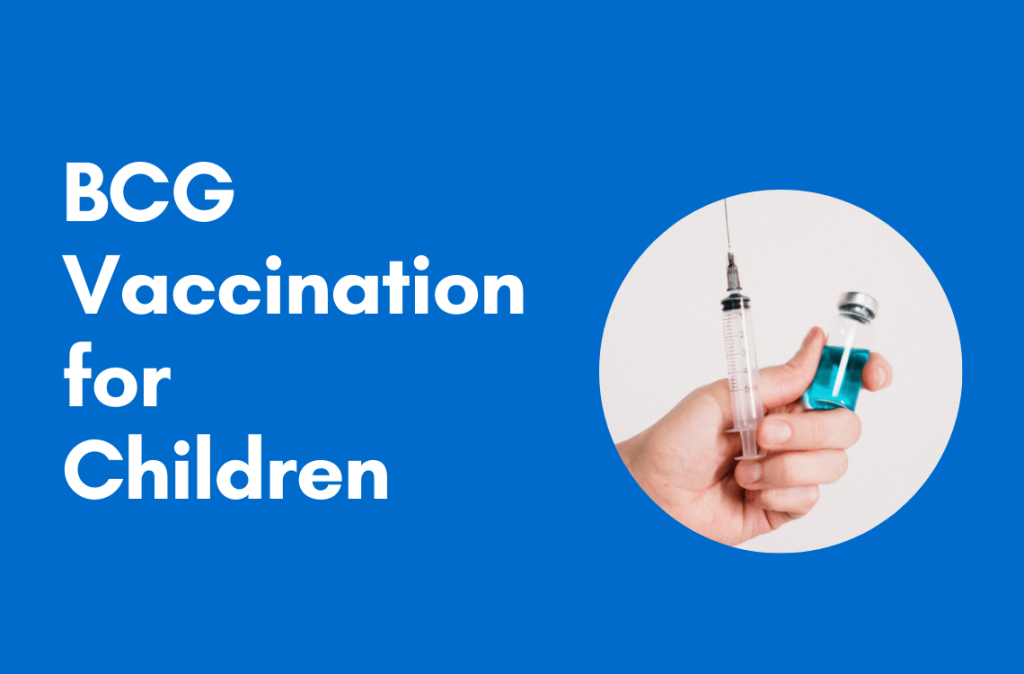Most of us Malaysians, if not all, have heard of the BCG vaccine from as early as childhood. It’s probably one of the earliest vaccinations we get as babies and then later in Primary One.
But what is the BCG vaccination and why is it made compulsory by the government for all Malaysians?
Here are all the facts that you need to know.
What is the BCG (Bacille Calmette-Guerin) Vaccine
According to the National Library of Medicine, the BCG vaccine was named after French scientists Albert Calmette and Camille Guérin, who founded the vaccine in 1921. The BCG vaccine was developed between the years 1908 to 1921 as a life-saving protectant in the battle against tuberculosis.
The vaccine is made from attenuated (weakened) viral cells of the tuberculosis bacteria to train the human immune system to recognise the pathogen and create antibodies to fight it in the case of a future infection.
It is now used worldwide to provide immunisation against tuberculosis as early as infancy. The BCG vaccine can provide protection up to 20 years.
Babies get the BCG vaccine as soon as they are born—usually in the left arm. The injection leaves a small swelling which will disappear within a day and reappear 6 to 8 weeks later. The swelling will look like a small mosquito bite that will grow in size, forming a fluid-filled nodule.
This nodule, if not taken care of well in the interim, may eventually burst, leaving behind an ulcer that will heal, resulting in a small, life-long scar. This whole process takes about 2 to 5 weeks.
The main role of the BCG vaccine is to protect your baby from tuberculosis, which is a deadly pulmonary disease that is still rife in Malaysia.
BCG: Protection from Tuberculosis
According to Healthline, tuberculosis or TB as it is often called, is caused by a bacteria called ‘mycobacterium tuberculosis’.
In adults, it usually attacks the lungs causing the tell-tale bloody coughs. But the infection can also spread to other parts of the body like the kidney and spine.
Victims suffer from feelings of sickness, weakness, weight loss, fever, and night sweats, symptoms that eventually lead to chest pains, coughing and bloody coughs.
For children younger than 5 years old, the infection can spread to the brain (resulting in meningitis), or to multiple organs. Childhood tuberculosis can lead to death and disability.
The World Health Organization (WHO) estimates that 10 million people fall ill with tuberculosis (TB) every year. Despite being a preventable and curable disease, 1.5 million people die from TB each year, especially children
In Malaysia, the disease is still endemic, which means we have not completely eradicated it. You or anyone you know can still contract TB.
According to the Malaysia Reserve, there was over 20,000 cases in Malaysia in 2021 alone. So, this is why it’s important to let the hospital vaccinate your baby as is their standard protocol.
Protect Your Baby
According to the CDC, tuberculosis is an old and cunning enemy; it’s been around for 9000 years according to archaeological records—constantly evolving and finding new ways to adapt to our immunisation efforts.
While it used to have a 100% fatality rate, modern tuberculosis treatments can be life-saving for both adults and babies.
But as they say, prevention is better than cure. So, let’s do our part and stop the spread of tuberculosis in Malaysia. And this begins with getting our babies vaccinated.
Sources
- Azzimawati, R. (2017, April 20). BCG (TB) vaccine. PORTAL MyHEALTH. Retrieved November 29, 2022, from http://www.myhealth.gov.my/en/bcg-tb/
- Centers for Disease Control and Prevention. (2016, December 12). History. Centers for Disease Control and Prevention. Retrieved November 29, 2022, from https://www.cdc.gov/tb/worldtbday/history.htm#:~:text=TB%20in%20humans%20can%20be,China%20(2%2C300%20years%20ago).
- Luca, S., & Mihaescu, T. (2013, March). History of BCG vaccine. Maedica. Retrieved November 29, 2022, from https://www.ncbi.nlm.nih.gov/pmc/articles/PMC3749764/
- Nall, R. (2018, April 17). Tuberculosis: Symptoms and causes. Healthline. Retrieved November 29, 2022, from https://www.healthline.com/health/tuberculosis
- TB cases in Malaysia drop in 2021 – khairy – the malaysian reserve. (n.d.). Retrieved November 29, 2022, from https://themalaysianreserve.com/2022/03/24/tb-cases-in-malaysia-drop-in-2021-khairy/
- World Health Organization. (n.d.). Tuberculosis. World Health Organization. Retrieved November 29, 2022, from https://www.who.int/health-topics/tuberculosis#tab=tab_1
Disclaimer: The information provided in this article is for informational purposes only and should not be considered as medical advice from Motherhood. For any health-related concerns, it is advisable to consult with a qualified healthcare professional or medical practitioner.
For more insightful stories and fun recipes, stay tuned to Motherhood Story!
